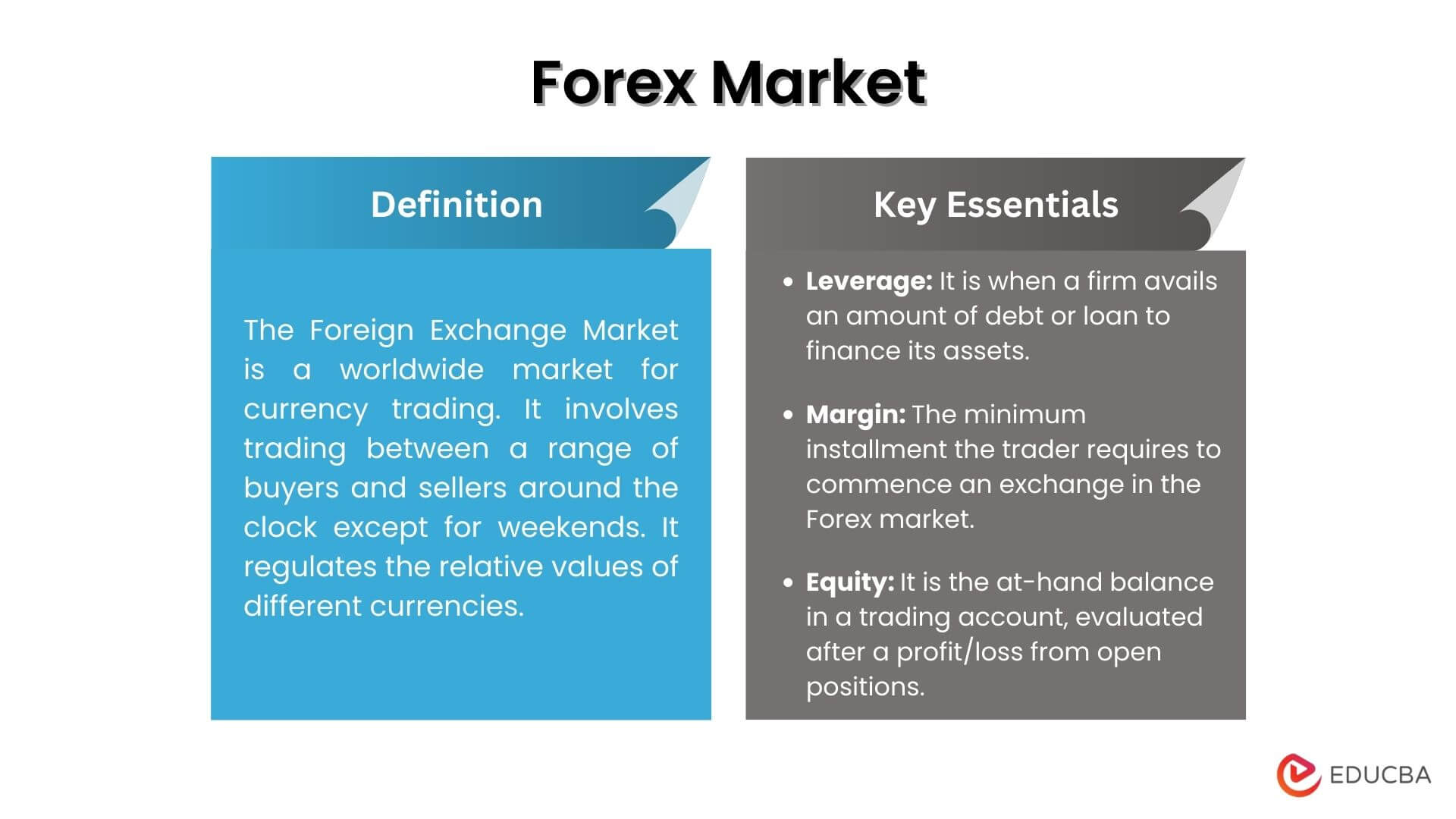Introduction
Investing in financial markets offers a range of options, with options trading and forex trading being two popular choices. Both involve speculating on the movement of underlying assets, but their strategies, risks, and potential rewards vary significantly. Understanding the key differences between these two trading disciplines is crucial before venturing into either.

Image: www.youtube.com
Options Trading: A Derivative of Derivatives
Options trading deals with options contracts, financial instruments that convey the right, but not the obligation, to buy (call option) or sell (put option) an underlying asset at a specified price (strike price) on or before a predetermined date (expiration date). Unlike spot transactions in forex trading, options trading offers flexibility and adaptability, allowing traders to speculate on price movements without directly owning the asset.
Forex Trading: Currency Exchange and Speculation
Forex, short for foreign exchange, involves trading currencies from around the world against each other. This decentralized market, also known as FX or currency trading, operates continuously, with participants speculating on the fluctuations in currency pairs. The primary objective is to buy currencies expected to appreciate in value and sell those predicted to depreciate, profiting from the exchange rate differences.
Key Differences
-
Underlying Assets: Options trading involves contracts based on underlying assets such as stocks, bonds, commodities, or ETFs, while forex trading focuses exclusively on currency pairs.
-
Ownership: Options traders do not take direct ownership of the underlying asset until they exercise their right to buy or sell at the strike price. Forex traders, on the other hand, own the currencies they buy.
-
Flexibility and Complexity: Options trading provides more flexibility through various options strategies, including spreads and combinations. Forex trading, while less complex, involves risk-hedging techniques like hedging and arbitrage.
-
Leverage and Risk: Both options and forex trading offer leverage, allowing traders to amplify their potential profits. However, leverage also magnifies risks, and traders must manage their risk exposure carefully.
-
Trading Hours: Options markets typically align with the trading hours of the underlying asset’s exchange. Forex trading, however, is accessible 24 hours a day, five days a week.

Image: www.educba.com
Choosing the Right Path
The choice between options trading and forex trading ultimately depends on individual trading styles, risk appetite, and investment goals. Options trading suits those seeking more sophisticated strategies and the potential for both upside and downside profits. Forex trading is better suited for traders with a solid understanding of currency markets and a preference for shorter time frames.
What Is The Difference Between Options Trading And Forex Trading

Image: www.findoc.com
Conclusion
Options trading and forex trading offer distinct opportunities and challenges in the financial markets. By understanding the key differences between these two trading disciplines, investors can make informed decisions about which path aligns best with their investment strategies and risk tolerance. Regardless of the choice, thorough research, risk management, and a disciplined approach are essential for successful trading.






